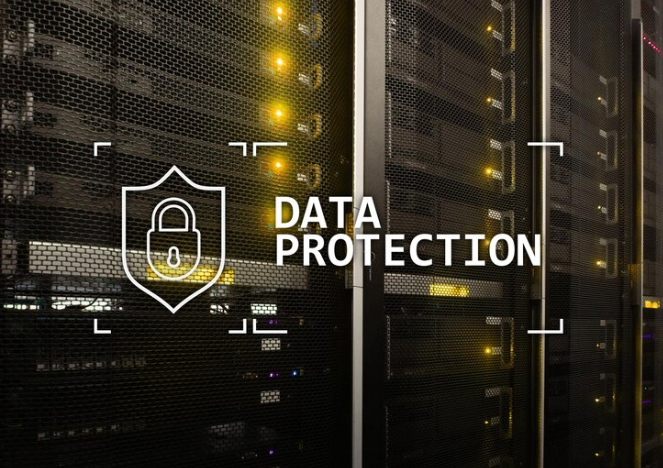As organizations continue to grapple with the exponential growth of data, Storage Area Networks (SANs) have emerged as a reliable and scalable solution for managing and storing critical information. However, with the increasing reliance on SANs comes the responsibility of ensuring data security and compliance with various regulations. In this blog post, we will explore the best practices for securing your SAN storage and safeguarding your valuable data assets.
Understanding SAN Security Risks
Before diving into the best practices, it’s crucial to understand the potential security risks associated with SAN storage. Some of the common threats include:
- Unauthorized Access: Malicious actors gaining unauthorized access to your SAN can compromise data confidentiality and integrity.
- Data Breaches: Inadequate security measures can lead to data breaches, resulting in the exposure of sensitive information.
- Insider Threats: Disgruntled employees or malicious insiders with access to the SAN can pose a significant risk to data security.
- Compliance Violations: Failure to adhere to industry-specific regulations, such as HIPAA or PCI DSS, can result in hefty fines and reputational damage.
Best Practices for Securing SAN Storage
- Implement Strong Access Controls
- Employ role-based access control (RBAC) to ensure that users only have access to the resources they need to perform their job functions.
- Implement multi-factor authentication (MFA) for an additional layer of security.
- Regularly review and update user access permissions to maintain the principle of least privilege.
- Encrypt Data at Rest and in Transit
- Implement encryption for data stored on the SAN to protect against unauthorized access.
- Use secure protocols, such as iSCSI with IPsec or Fibre Channel Security Protocol (FC-SP), to encrypt data in transit.
- Ensure that encryption keys are properly managed and stored securely.
- Segment and Isolate SAN Traffic
- Use virtual SANs (VSANs) or zoning to segment SAN traffic based on business requirements and security policies.
- Isolate critical data and applications from less sensitive workloads to minimize the impact of potential breaches.
- Implement Robust Monitoring and Logging
- Deploy comprehensive monitoring solutions to detect and alert on suspicious activities, such as unauthorized access attempts or abnormal data transfers.
- Maintain detailed logs of all SAN activities for auditing and forensic purposes.
- Regularly review logs to identify potential security incidents and take appropriate actions.
- Conduct Regular Security Assessments
- Perform periodic vulnerability assessments and penetration testing to identify and address security weaknesses in your SAN environment.
- Engage third-party security experts to conduct independent assessments and provide recommendations for improvement.
- Educate and Train Employees
- Provide regular security awareness training to employees, emphasizing the importance of data protection and their role in maintaining SAN security.
- Establish clear security policies and procedures, and ensure that employees understand and adhere to them.
- Develop and Test Incident Response Plans
- Create a comprehensive incident response plan that outlines the steps to be taken in the event of a security breach or data loss.
- Regularly test and update the incident response plan to ensure its effectiveness and relevance.
Compliance Considerations
When securing your SAN storage, it’s essential to consider the specific compliance requirements applicable to your industry. Some common regulations and standards include:
- HIPAA: Healthcare organizations must ensure the confidentiality, integrity, and availability of protected health information (PHI) stored on SANs.
- PCI DSS: Companies handling credit card data must adhere to the Payment Card Industry Data Security Standard (PCI DSS) to protect cardholder information.
- GDPR: Organizations processing the personal data of European Union (EU) citizens must comply with the General Data Protection Regulation (GDPR).
- SOC 2: Service organizations may need to demonstrate compliance with the Service Organization Control 2 (SOC 2) framework to ensure the security, availability, processing integrity, confidentiality, and privacy of customer data.
It’s crucial to understand the specific requirements of the regulations applicable to your organization and implement appropriate security controls to achieve and maintain compliance.
Conclusion
Securing your SAN storage is a critical aspect of data protection and compliance. By implementing strong access controls, encrypting data, segmenting SAN traffic, monitoring activities, conducting regular assessments, educating employees, and developing incident response plans, you can significantly reduce the risk of data breaches and ensure the confidentiality, integrity, and availability of your valuable data assets.
Remember, security is an ongoing process, and it requires continuous monitoring, assessment, and improvement to stay ahead of evolving threats. By adopting these best practices and staying vigilant, you can build a robust and secure SAN solution environment that supports your organization’s data storage needs while maintaining the trust of your customers and stakeholders.


